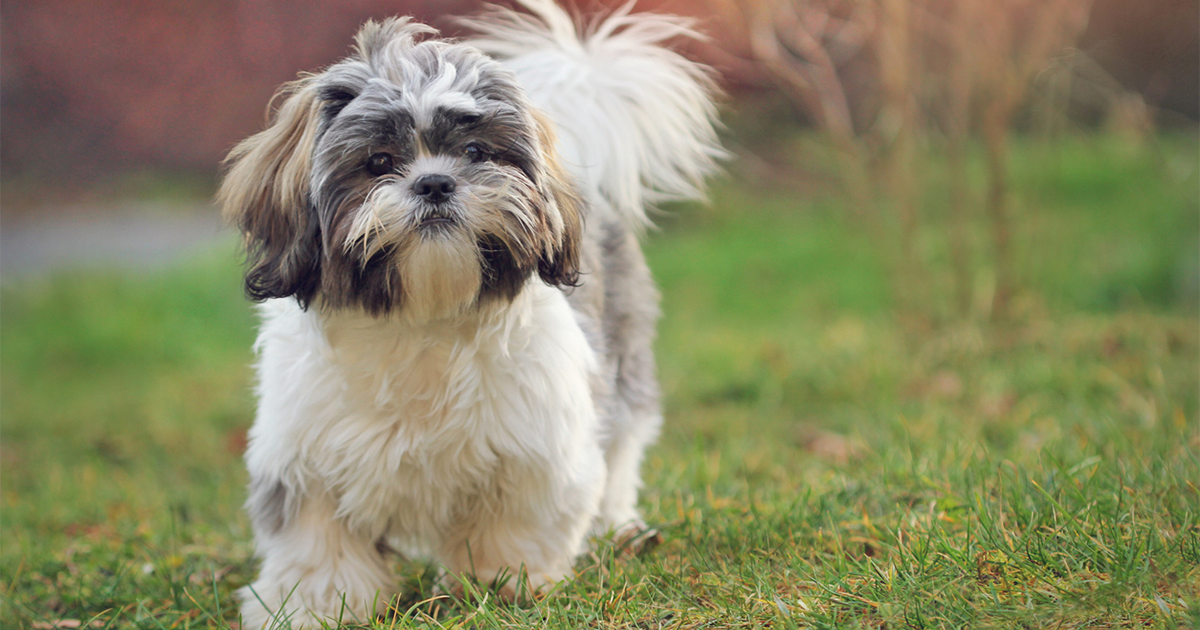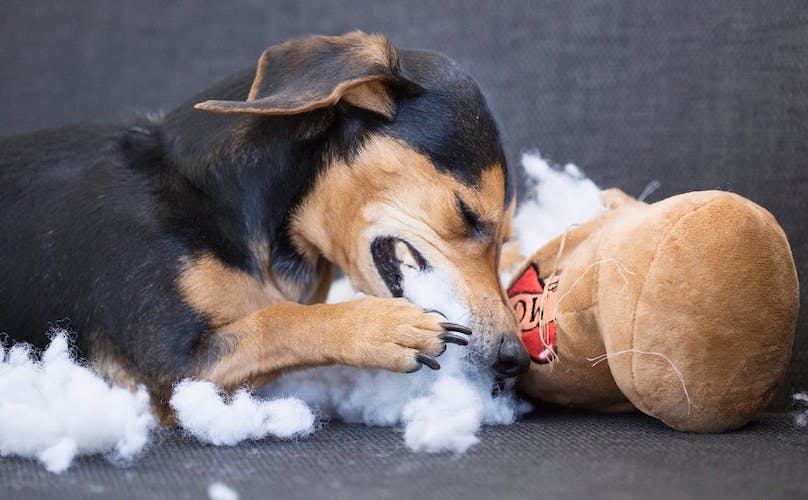New puppies are great! They’re extremely adorable and full of curiosity. Now that your new fur family member is home, what’s next? There will be lots of naps, potty mishaps, and chewing on random objects. Early training will help you to bond with your pup and makes life with a new dog a lot easier.
Seasoned pet owners may already have their go-to methods of training and setting routines, but new dog owners can feel a bit overwhelmed with starting your life with your new friend. Behavior training is way more easy and fun than house-training your new puppy. There are various ways to train a dog. As long as the end goal is the same – to make sure your pup is a good and well behaved boy or girl – find what works best for you and your pack. If you find a method you like, modify it to better fit you and your fur family. Just remember to be patient and consistent!
To get you started, here are some common training methods, commands, and basic tricks to start your training journey. And, of course, treats. Most dogs love treats, even the young ones. Rewards are essential when it comes to training!
Time & Place
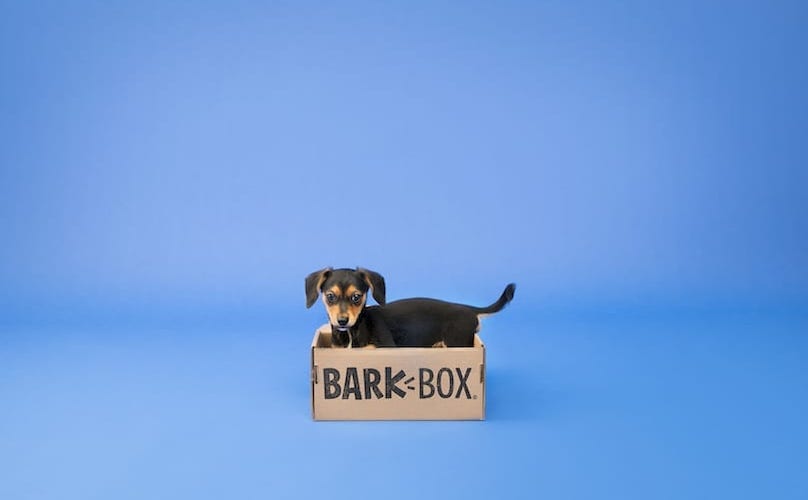

There’s a time a place for everything, even when training your new furry pal. The moment you get your puppy home is a great time to start house training (especially potty training) them. Carving out an hour once a day isn’t necessary. It’s not easy keeping the attention of a puppy that’s only 7 weeks old, they don’t want to sit still or focus for an hour. They want to play or sleep. Instead, try to accumulate up to at least 15 minutes throughout the span of your day. From morning to night, fit 3 to 5 minute intervals into your day. Try starting off with the basic commands “sit,” “stay,” and “down.”
Short attention spans are expected with young puppies. Everything is so new to them and they want to explore. Do all that you can to get your pup’s attention during your 3 to 5 minute training intervals. If your pal has lots of play things, put the toys away. If there’s lots of people in the house, go to a quiet space where there is little to distract them. You want to keep their focus on you and their rewards for the next 3 to 5 minutes of education.
Training Methods
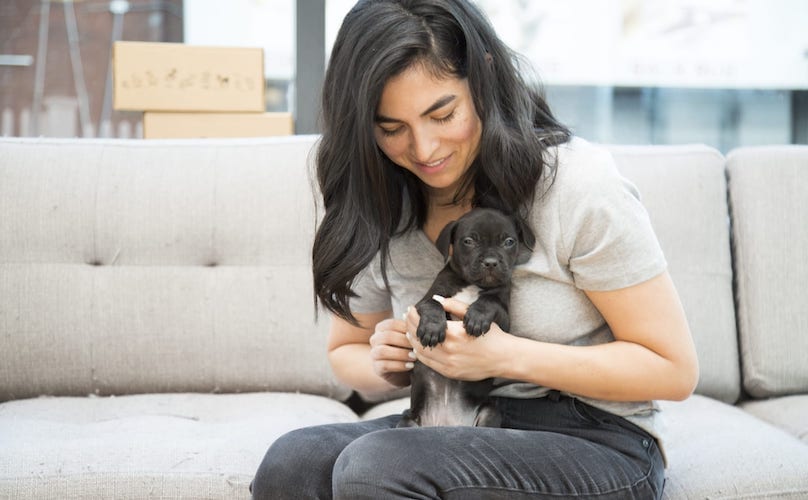

Consistency is vital with any learning experience. Training not only teaching your pup control, but also sets your expectations of them. Starting the training process can be a bit frustrating. Little ones don’t understand words. To them words are just sounds. However, they can be taught to associate a command with an action. You have to make this connection for them, and it takes time. So how do you get to that point?
This is where training treats are the star of the show. Starting your puppy’s obsession with drool-worthy treats will make your life with your pal so much easier. Once they know there’s a chance of rewards upon completing commands, they’ll do anything for another treat. If your fur friend isn’t food motivated, a high valued toy (one they can’t live without) paired with belly rubs or verbal praise such as “good boy” or “good girl” should suffice. Try toys like “Peg the Prized Pig,” which has corn-starch beads that rattle inside to get and keep your puppy’s attention!
Luring Method
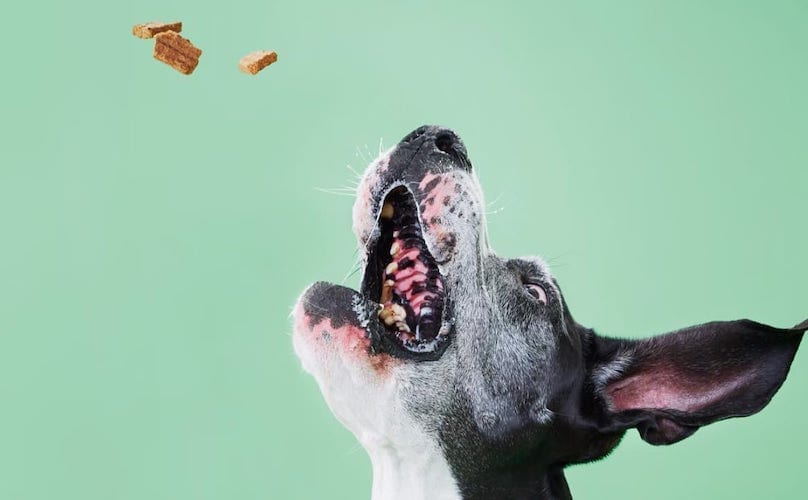

Small treats like Healthy Dogma Bacon Treats or another high valued reward can be used to entice your pooch to complete common requests. With the right reward puppies can be convinced to perform the specific response. You’ll show the treat (or toy) to the puppy, speak a command, and move the reward to the next position in order to get the desired response.
The idea of luring is that the movement of the reward will elicit an action in response. A reward held up over the puppy’s nose and slowly drawn down to the floor should get a ‘down’ response. To associate the action with the command, don’t forget to say the command when luring. Rewards brought back up from the “down” position should get a ‘stand’ response.
A reward held at your side, near your thigh, as you walk should get the pal to “follow”. By speaking a command phrase while luring with a treat or toy, and praising your pooch for the correct response, the puppy will quickly pick up each command.
When your dog has the basics down and consistently responds correctly to the commands, it’s time to start weaning them off of the luring method. Rely more on voice commands and only use the treats or toys as a reward. Pat yourself on the back and pat your pup too, you both worked really hard to reach this point!
Clicker Training


Another way to utilize the power of positive reinforcement is by training with a clicker. The method involves a command, rewards (usually training treats), and a small device that makes a specific sound. Once you speak the command, you’ll wait for a response from your dog. The clicker effectively marks when your fur friend has successfully completed a proper action, which will result in a treat or another preferred reward. Once your pooch has mastered the correct response, you can wean them off of the clicker. Save the device for learning purposes only. Pick it up when you want to teach new basic commands, tricks, or something more elaborate!
Basic Tricks
It may take some time, but once your pup has mastered the basic commands you can use them as building blocks for basic dog tricks! Before you know it your pup will be rolling over all on their own!
Roll Over


- Use the “down” command.
- While sitting on the ground with your pup, hold a training treat (or another high value reward) to the side of their head close to the nose.
- Move your hand from the nose toward their shoulder, luring the pup to roll onto their side so they’re flat. Don’t forget to reward your pal for reaching this first position. Positive reinforcement is crucial!
- Once your pal’s comfortable on their side, move on to the next position. Continue the reward luring and setting your pup into the lying on the side position. Hold a reward, once they’re is lying flat, from the shoulder to the backbone. This should naturally get your pup to roll onto the back.
- Continue further to get you pup to roll completely to the other side.
While putting your fur friend through steps 1 to 5 over and over again, utilize the verbal cue “roll over”. Help your pal get associated with this new command by combining the cue with the luring, the action, and the reward for a job well done!
Eventually, like the basic training, you’ll use luring less and less until you won’t need it anymore. You’ll know when luring is no longer needed. Your pal will be rolling over all on their own when hearing the verbal cue – or at the sound the treat jar!
Balancing A Treat On The Nose
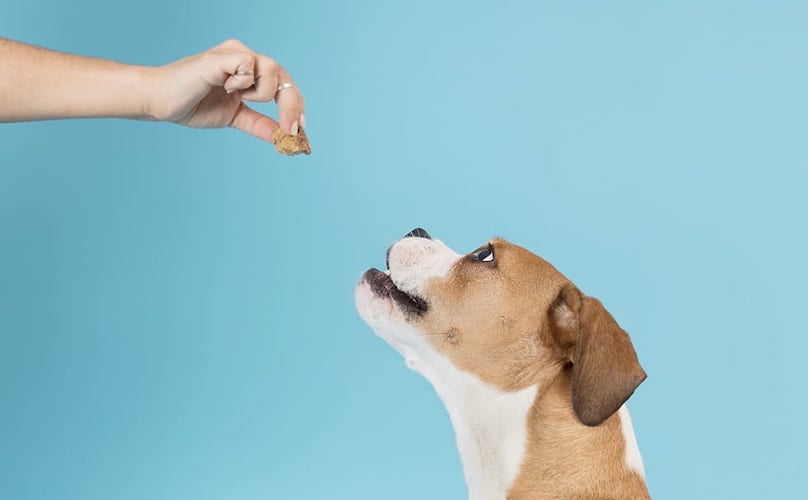

By far the least physically demanding trick, and yet it still requires lots of patience and control.
- Command your dog to “sit”. Gently touch the nose, so they get used to the idea of something touching their nose. Don’t forget to praise them for their patience.
- Take a training treat and securely hold it in your hand. Allow the treat to be close to your pup’s nose without letting them snatch it away. Don’t allow them to sniff, lick, or try to grab it. Get them used to being very close to the treat without eating it.
- Keep the praise and positive reinforcement flowing!
- Finally set the treat on your pup’s nose and use the command to “leave it.” Try to let the treat sit for as long as you think your pup can withstand the temptation. Use a phrase to let your pal know they’ve been released and it’s okay for them to be rewarded!
- Try again and again to get your pooch more comfortable with this trick and to see if your pal can wait longer and longer each time!
BarkBox
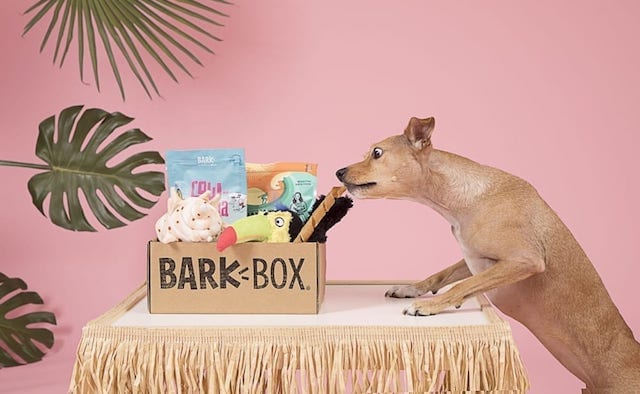

Want to reward your new puppy for being so good? Get your canine companion a BarkBox subscription, starting at $22/month. Each creatively themed box has innovative toys, tasty treats, and all-natural chews for your pal. BarkBox is shipped right to your door, which means you have more time to spend training your puppy instead of browsing the pet aisle for the perfect high value rewards. BarkBox does all the work for you! Sign up here and receive a free extra toy every month. (<– This deal is worth up to $120 in value if you sign up for a 12-month subscription!) For more information reach out to [email protected].
Looking For More Posts Like This?
Clicker Training 101: How To Use It To Communicate With Your Dog
What Is The Best Way To Train My Dog To Listen To Me



